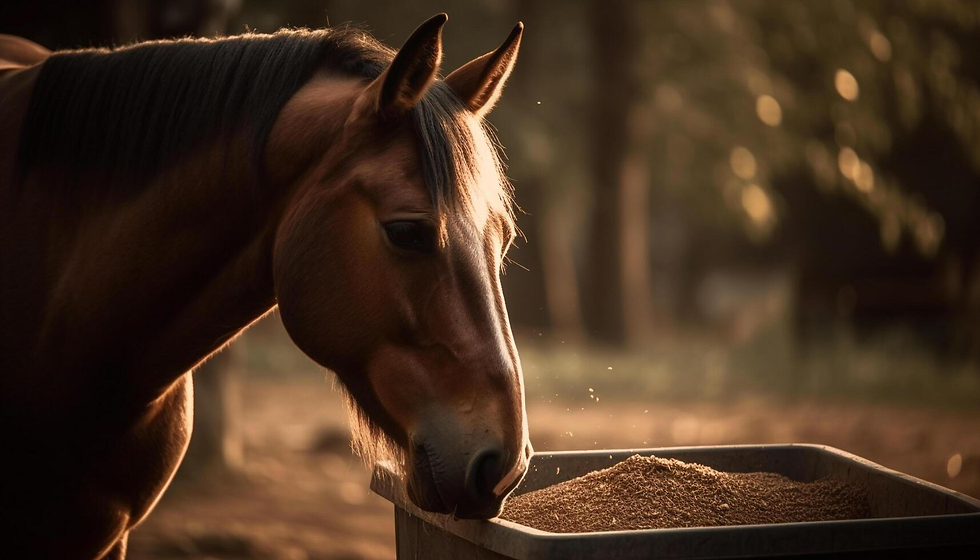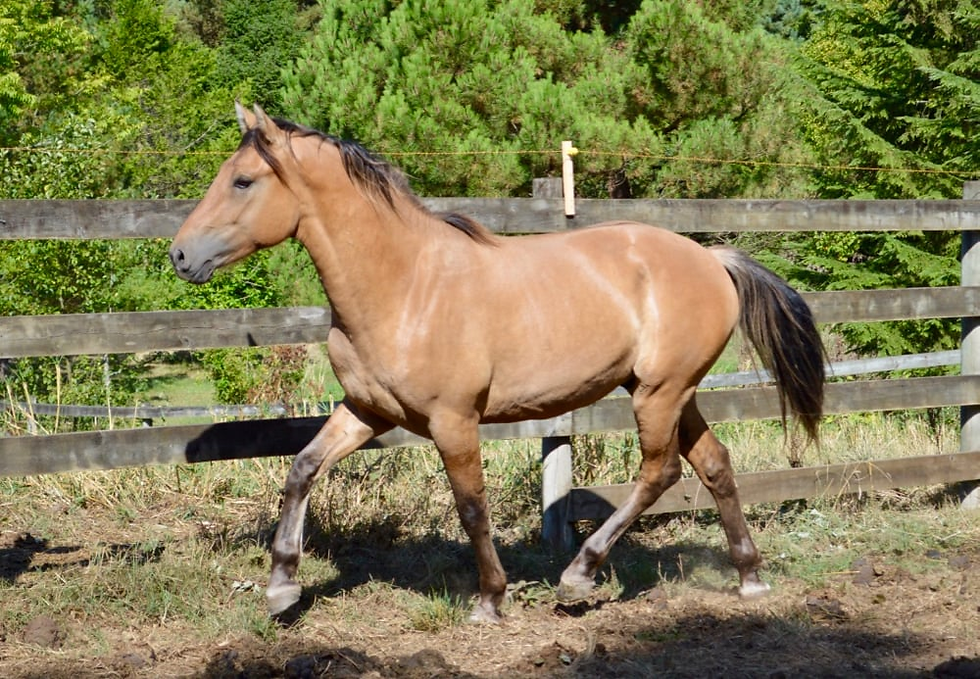Horse Care for Beginners: Grace & Gallop 🐴
- Iqra Shaikh
- Jun 18
- 3 min read
Updated: 6 days ago
Horses are majestic, intelligent, and deeply loyal animals — but caring for them is a true commitment of time, space, and love. Whether you dream of countryside rides or bonding with your horse at the stable, this beginner’s guide covers everything you need to know to start strong.
📌 What’s Inside:
🐎 Understanding Your Horse
Before saddles and gallops, get to know their nature:
Horses are herd animals — they need companionship
They communicate with body language and respond to your tone and energy
Trust builds through consistency and calm leadership
Start by simply being present — brushing, feeding, and calmly spending time.
🏡 Stable Setup & Space Needs
Your horse’s environment is everything:
Shelter: Clean, dry stables or open run-in sheds with bedding
Pasture: 1–2 acres minimum per horse, with safe fencing
Ventilation: Prevents respiratory issues — no stuffy barns!
Ensure constant access to fresh water and shade.

🧽 Daily Grooming Routine
Grooming keeps your horse clean and healthy and builds your bond.
Daily tools include:
Curry comb (loosens dirt)
Body brush (removes dust)
Hoof pick (cleans out hooves — super important!)
Always check for cuts, swelling, or signs of discomfort during grooming.

🥕 Feeding & Nutrition
A healthy diet = a healthy horse.
Forage (hay/grass) should be the main diet — 1.5–2% of body weight daily
Grain/concentrates only as needed, based on activity level
Provide salt licks and fresh water at all times
Avoid sudden changes in diet to prevent digestive issues like colic.

📍 Exercise & Enrichment
Horses need physical and mental stimulation:
Daily turnout time (in a pasture or paddock)
Regular riding, groundwork, or lunging
Toys like hanging balls or treat puzzles for stabled horses
Exercise also prevents boredom and bad habits (cribbing, weaving).

🚑 Health & Veterinary Care
Stay ahead of issues with routine care:
Regular farrier visits every 6–8 weeks
Deworming schedule based on vet advice
Annual vaccines (tetanus, influenza, etc.)
Monitor for signs like lameness, coughing, loss of appetite, or weight changes
Build a relationship with an experienced equine vet.

❤ Final Thoughts
Horses are more than majestic animals—they're sensitive, intelligent companions that thrive on connection and consistent care. From grooming to bonding, every moment you invest helps build a deep, trusting partnership. Whether you're new to the saddle or seasoned in the stable, the journey with a horse is one of lifelong learning and unmatched reward. 🐎❤️🌾
💡 Fun Fact
Horses can sleep both lying down and standing up! Thanks to a special "stay apparatus" in their legs, they can doze without falling over perfect for staying alert to danger in the wild.
🧠 Pro Tip
Horses remember kindness — and mistakes. Speak softly, reward often, and never rush the bond. A confident, calm horse starts with a calm, patient human.
✅ Summary
Caring for a horse is a big responsibility, but the joy of galloping through fields or quietly grooming your companion is unmatched. From stable chores to emotional connection, horse care is as much heart as it is habit — and it’s worth every moment.
❓ Quick FAQs for First-Time Horse Owners
1. What’s the best horse breed for beginners?
Breeds like Quarter Horses, American Paints, and Morgans are known for being gentle, reliable, and beginner-friendly.
2. How much space does a horse need?
Ideally, a horse needs at least 1.5 to 2 acres of pasture per horse for grazing, plus shelter and riding space.
3. What do horses eat daily?
A horse’s diet includes hay, fresh water, and sometimes grains or supplements. They typically eat 1.5–2.5% of their body weight in forage daily.
4. How often should I groom my horse?
Daily grooming is ideal to check for injuries, remove dirt, and bond with your horse—even more essential before and after riding.
5. Do horses need vet and farrier care?
Yes. Routine vet checkups, vaccinations, dental care, and hoof trimming (every 6–8 weeks) are all essential for a healthy horse.
👉Read next:
Also a bird parent?
Check out our ultimate bird care guide
Follow us on:


Comments